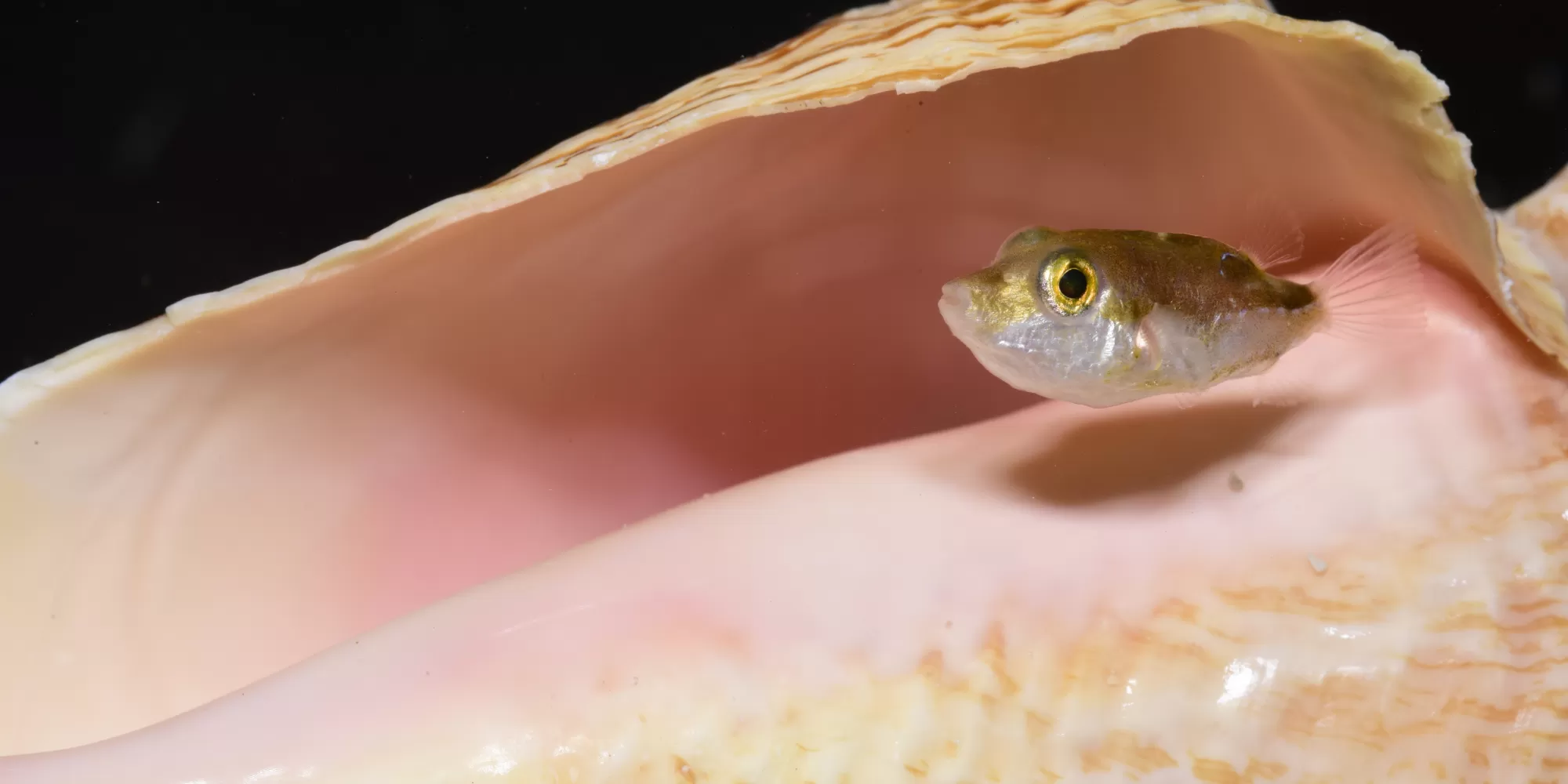Search

Collections Overview
The National Fish Collection was established in the mid 1800's, with the first entry in the specimen catalog ledgers recorded on December 15, 1856, for a sucker, Catostomus hudsonius, collected by S.F. Baird at Lake George, New York, in 1850. Today, the collection encompasses a multitude of resources including specimens, genetic samples, historical archives, radiographs, illustrations, and photographs.
Representation
The specimen collections are worldwide in coverage. We have the world's largest holdings of Indo-Pacific marine shore fishes, a comprehensive collection of Caribbean marine shore fishes, and extensive coverage of freshwater species of North and South America, including the Caribbean. The collection continues to grow as specimens are added from parts of the world where the fish faunas are poorly known.
Types
The Division maintains one of the world's largest collections of type specimens (important specimens on which taxonomic names are based), with over 9,400 primary type specimens and 20,000 total type lots. A portion of our type lots records have associated high resolution photographs and radiographs available via our online catalog.
Specimen Preparations
The specimen collection largely consists of wet preparations stored in jars or tanks of 75% ethanol. We also maintain dry osteological material (skeletons, otoliths, jaws, and dried fish), cleared and stained specimens, histological slide preparations and SEM stubs.
Genetic Resources
We maintain thousands of tissue samples and DNA extracts in liquid nitrogen dewars and -80 degree Celsius freezers within the Smithsonian Biorepository. Tissue samples are primarily preserved in DMSO or 95% ethanol. DNA extracts are dried down or suspended in aqueous solution.
Our genetic holdings are concentrated on marine fish fauna from the Caribbean, West Pacific and French Polynesia, though we are continuing to add material from other biogeographic regions including marine and freshwater fish from Southeast Asia. Many of these samples have been CO1 barcoded and have sequences available vie GenBank or BOLD datasystems.
Additionally, many of our early specimen collections were fixed in ethanol and may serve as potential sources of antique DNA or stable isotopes.
Document archives
The Division maintains historical ledgers, field notes, and maps that provide important context to our specimen collections. Digital scans have been created for a majority of these resources.
Historical Collections
Our early collections have great historical importance, containing, for example, marine fishes from the 1838-1842 Wilkes Expedition and the late 1800's and early 1900's. U.S. Bureau of Fisheries trawling expeditions conducted by the Albatross, Fish Hawk and other ships.
North American freshwater fishes collected on the Mississippi-Pacific Railroad and Mexican Boundary Surveys in the 1850's and by David Starr Jordan and his students and colleagues from the 1860's to the 1920's are also included in our collections.